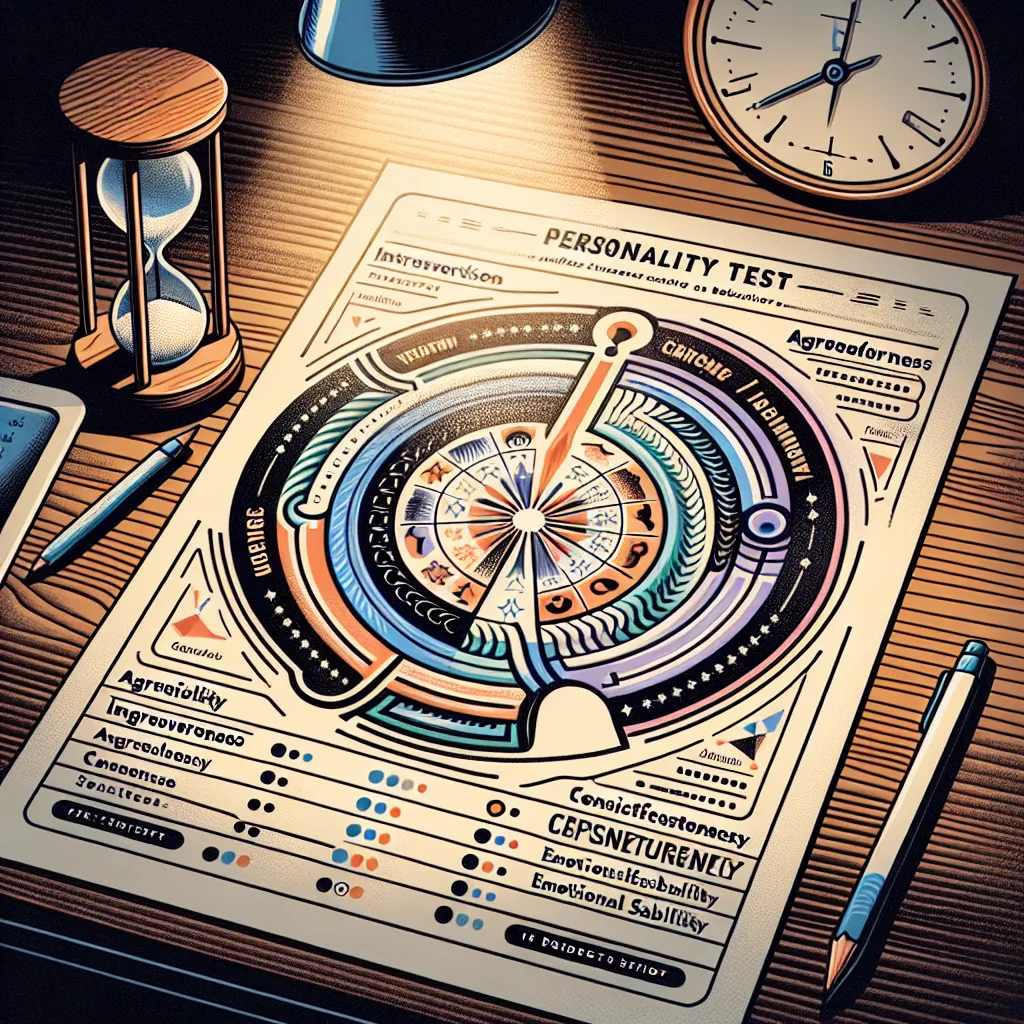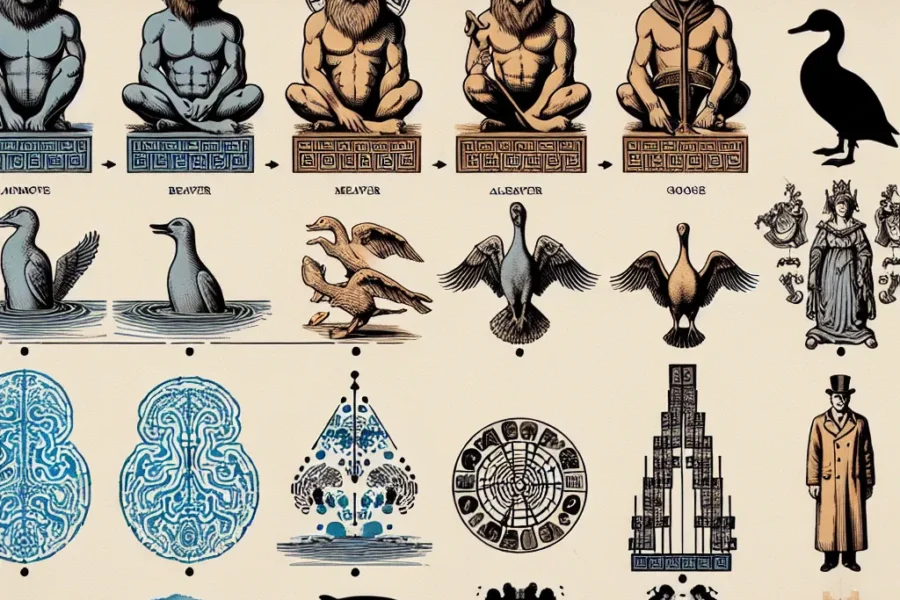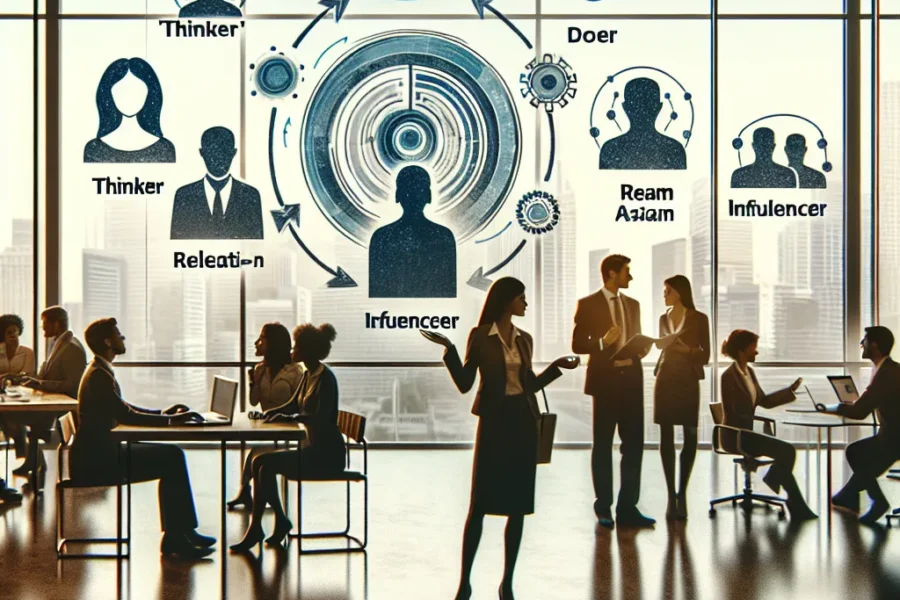The Science of First Impressions: How Personality Tests Predict Behavior
Making a strong first impression is highly valuable, whether in social engagements, professional meetings, or interviews. Often, we assess others within just a few seconds of meeting them, and these initial impressions can be lasting. But what if we could understand and predict individual behaviors and predispositions? This is where the science of personality tests comes in, offering a fascinating glimpse into how we can assess and anticipate human behavior.
When delving into the world of first impressions, it is crucial to understand the role of personality tests. These assessments are designed to measure and categorize various personality traits, helping to predict behavior in different contexts. Common tests such as the Myers-Briggs Type Indicator (MBTI), the Big Five personality traits, and the Enneagram provide structured ways to understand the complexities of human personalities.
The MBTI, one of the most widely used personality assessments, categorizes individuals into 16 distinct personality types based on four dichotomies: Introversion/Extraversion, Sensing/Intuition, Thinking/Feeling, and Judging/Perceiving. Each type reflects different preferences and ways of interacting with the world. For example, a person with an extraverted and feeling orientation may be perceived as warm and enthusiastic upon first meeting, affecting their first impression on others.
On the other hand, the Big Five personality traits, also known as the Five-Factor Model, assesses individuals on a spectrum of five broad dimensions: Openness, Conscientiousness, Extraversion, Agreeableness, and Neuroticism (OCEAN). These traits help to predict behavior, indicating how individuals are likely to respond to various situations. For instance, someone who scores high on Agreeableness is often considered compassionate and cooperative, which can positively influence their first impressions.
The Enneagram is another personality system that divides people into nine main personality types, offering insight into core motivations, fears, and desires. Understanding one’s Enneagram type can reveal a great deal about how they are likely to present themselves initially and interact with others.
The science behind personality tests and first impressions hinges on the idea that our behavior is influenced by intrinsic traits that can be measured and categorized. Researchers have found correlations between personality test results and various life outcomes, such as career success, relationship quality, and overall well-being. By gaining a sense of an individual’s personality structure through these assessments, we can make more educated predictions about how they will behave in different scenarios.
Indeed, the predictive power of personality tests is not absolute, and it is essential to remember that behavior can vary depending on context and other external factors. Nevertheless, these tests provide valuable frameworks for understanding the tendencies that can shape first impressions.
For organizations, personality tests can be a practical tool in hiring and team-building processes. By understanding the personalities of potential and current employees, managers can predict how they might interact within a team, approach problem-solving, and handle stress. This can lead to more effective team dynamics and improved workplace productivity.
In personal relationships, knowledge gained from personality tests can improve communications and foster deeper understanding between individuals. Friends, family members, and partners who comprehend each other’s personality types are better positioned to predict behaviors, reduce conflicts, and strengthen their bonds.
Furthermore, personality tests can be employed in educational settings to better cater to students’ learning preferences. Instructors who recognize the varying personality types within their classroom can adapt their teaching methods to cater to the different ways students process and engage with information.
However, the use of personality tests to predict behavior does come with caveats. Critics argue that many personality assessments lack the reliability and validity required to make accurate behavioral predictions. Factors such as the testing environment, mood, and even the participant’s understanding of the questions can all influence the results. Moreover, the self-reported nature of these tests can introduce biases, as individuals may respond based on how they perceive themselves or wish to be perceived, rather than their genuine traits.
Despite these limitations, the applicability of personality tests in understanding and forecasting behavior remains widely acknowledged. Properly designed and administered tests can offer a wealth of insights, and their ongoing refinement continues to enhance their predictive power.
In conclusion, the science of first impressions and personality tests encompasses a complex interplay between innate characteristics, environmental influences, and situational contexts. These assessments serve as valuable tools in predicting behavior, and while they are not infallible, their informed application can benefit various aspects of life and work. As research in this field progresses, the fusion of personality science and behavioral predictions is likely to become increasingly sophisticated, enhancing our ability to make sense of that crucial first encounter and beyond.



Leave a Comment